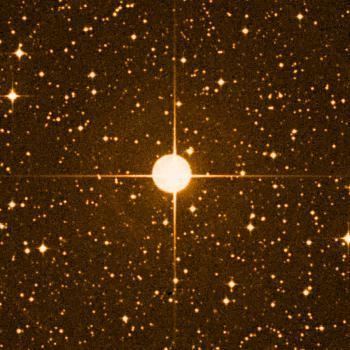Luminosity (bolometric) 980 L☉ Constellation Apus | Magnitude 3.825 Apparent magnitude (V) 3.825 | |
 | ||
Similar 46 Leonis Minoris, Alpha Sextantis, Alpha Fornacis, Alpha Trianguli Australis, Alpha Trianguli | ||
Alpha apodis
Alpha Apodis (Alpha Aps, α Apodis, α Aps) is the brightest star in the southern circumpolar constellation of Apus, with an apparent magnitude of approximately 3.825. It had the Greek alpha designation at part of the constellation Johann Bode called Apis Indica in his 1603 Uranometria star atlas. With a declination of –79°, this is a circumpolar star for much of the southern hemisphere. It can be identified on the night sky by drawing an imaginary line through Alpha Centauri and Alpha Circini then extending it toward the south celestial pole.
Contents
This is a giant star with a stellar classification of K2.5III, indicating that this star has consumed the hydrogen at its core and has evolved away from the main sequence. It has expanded to an estimated radius of about 48 times the radius of the Sun and is emitting 980 times the Sun's luminosity. The photosphere has an effective temperature of 4,256 K, giving the star the characteristic orange hue of a K-type star. Based upon parallax measurements, this star is roughly 447 light-years from the Earth. It is not known to have a companion.
Naming
In Chinese caused by adaptation of the European southern hemisphere constellations into the Chinese system, 異雀 (Yì Què), meaning Exotic Bird, refers to an asterism consisting of α Apodis, ζ Apodis, ι Apodis, β Apodis, γ Apodis, δ Octantis, δ1 Apodis, η Apodis, and ε Apodis. Consequently, α Apodis itself is known as 異雀八 (Yì Què bā, English: the Eighth Star of Exotic Bird.)
